The Web | Samurai | Greenslade | Interview | Dave Lawson
Dave Lawson is a well known keyboard player that was part of many groups, including The Web, which later became Samurai. In the 70s Lawson continued his work with Greenslade, Roy Harper and later Stackridge to name a few.
Lawson’s career is still very active, being an established contemporary composer for film and television music. As a sound designer, both musically and with relation to film/television sound effects he has used this talent to great effect in the early Trevor Jones films such as Angel Heart and Mississippi Burning (which actually won an Oscar for best sound). The Steven Spielberg Amblimation production We’re Back and Kenneth Brannagh’s Mary Shelley’s Frankenstein both won Golden Reel Awards from the Association of Motion Picture Sound Editors. Lawson had collaborated on a number of successful feature films and television programs. He has also composed and co-composed, with Ronnie Bond and David Dundas, music for a large number of cinema and television advertisements including British Gas, Coco Pops, Philips, Le Coq, Birds Custard, Braun, Blueband, Brittania, Philip Morris, Accurist, Atari, Dixel, Dulux, Roxy, Mintguard, Bonjour, Ellermans, Wilkinson Sword, Foster Grants, Alpine, Wash’n Dye, Arctic Lite, Yves St. Laurent Kouros and others.
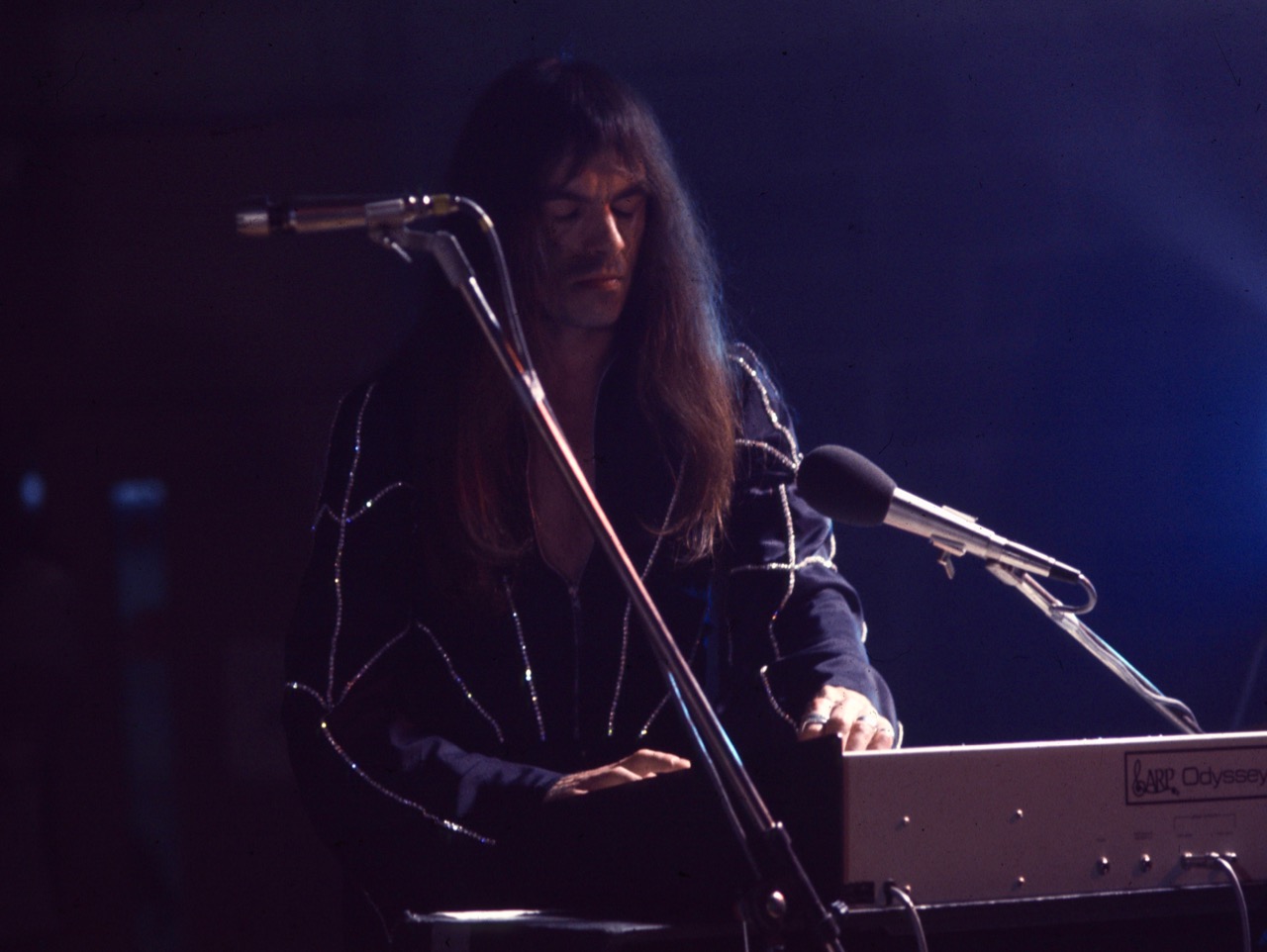
“Musically I am not heavily influenced by Japanese music but I have always been fascinated by their history”
Was there a certain moment when you were young that you knew this was it, and that you want to become a musician?
Dave Lawson: It wasn’t until I was in my early teens when a friend of my parents invited us for a meal and he played some Frank Sinatra, Ella Fitzgerald and Glen Miller amongst others. My sister expressed an interest in learning the piano and so I asked my school music teacher if he could teach us, after two weeks my sister lost interest but I got really interested and played at every available opportunity. I particularly liked Claude Debussy but the choice of material for a beginner is limited and often boring and I think that’s why a lot of kids give up.
Listening today to The Web, you can hear that many influences were taken from jazz. Were you an avid jazz listener when you began playing? What are some of the most important records?
There wasn’t a lot of jazz on the radio in the 50’s and early 60’s, but I discovered “The Voice of America Jazz Hour” and listened to the program every night on my minuscule transistor radio, the broadcast always ended with Frank Sinatra singing ‘Put Your Dreams Away,’ wonderful. The Voice of America Jazz Hour introduced me to the Modern Jazz Quartet, Gerry Mulligan and Chet Baker, Thelonious Monk, Cannonball Adderley, Dave Brubeck, Duke Ellington and Count Basie and my favourite, Miles Davis. I didn’t have a lot of disposable income at the age of fifteen, but I saved up and bought some EPs, extended play records, the same size as a 45, I still have many of the early purchases including Gerry Mulligan and Chet Baker, Cannonball Adderley, Errol Garner, Dave Brubeck et cetera. In 1961 I bought my first LP, ‘Someday My Prince Will Come,’ Miles Davis, it was my first introduction to two contrasting tenor saxophonists Hank Mobley and the young John Coltrane, I was hooked!
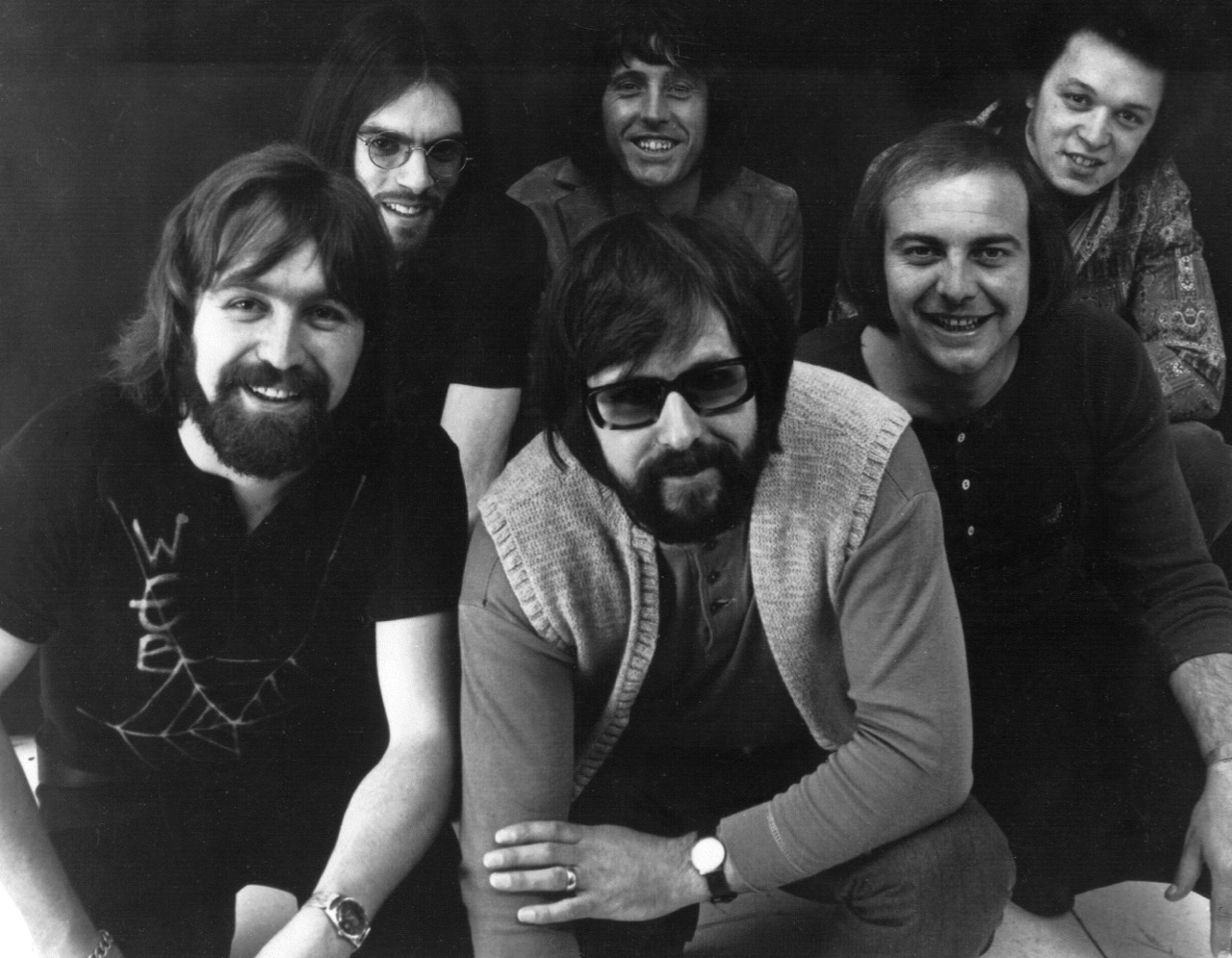
You originally played some gigs with Episode Six and also with The Alan Bown Set if I’m not mistaken. How did that come about?
My sister was an ardent fan of Episode Six, in particular their singer, Ian Gillan. When Ian and bassist Roger Glover left Episode Six to join Deep Purple, Episode Six, who by that time were friends with my sister, their number one fan, asked if I’d be interested in joining them, which I did for a time. It was later when Ian asked me to join his new band, “Gillan” but to my sister’s dismay I had to turn him down as I had quite a few sessions in the pipeline. It was a similar situation akin to Episode Six with Alan Bown, the band had a non conventional line-up, electric trumpet and I played a Hammond B3, not the most portable of keyboards!
The Web were already formed and actually had two albums. What did you think of their music? They were quite unusual as they had two drummers. How would you describe their sound?
I was doing a gig with another band at Exeter University when I first saw and heard The Web, their singer was an ex GI, John L. Watson, he had a good voice but the material was not to my liking but the line-up was.
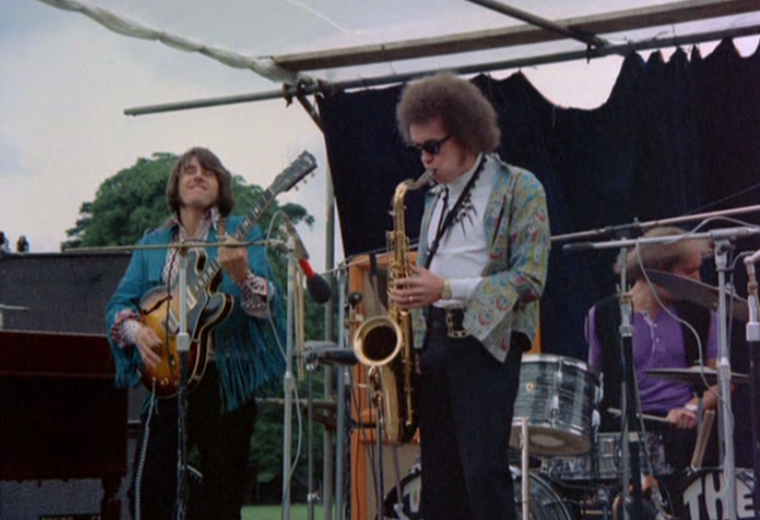
What was it like to work on ‘I Spider’? Where was the album recorded and who produced it? Tell us about the arrangement on the record.
When we were signed by Polydor I set to work writing and arranging the album ‘I Spider,’ most of the guys could read music which cut the learning process down immensely. The album was recorded at Wessex Studios, not far from where I lived in Highbury, on the corner of the old Arsenal football ground! (When the second milk bottle came through the kitchen window, I went off football, big time!). The engineers were Mike and Robin Thomson, the band and self appointed producer was Lennie Wright. Another person who has to be mentioned was Betty, she kept us going with tea and biscuits.
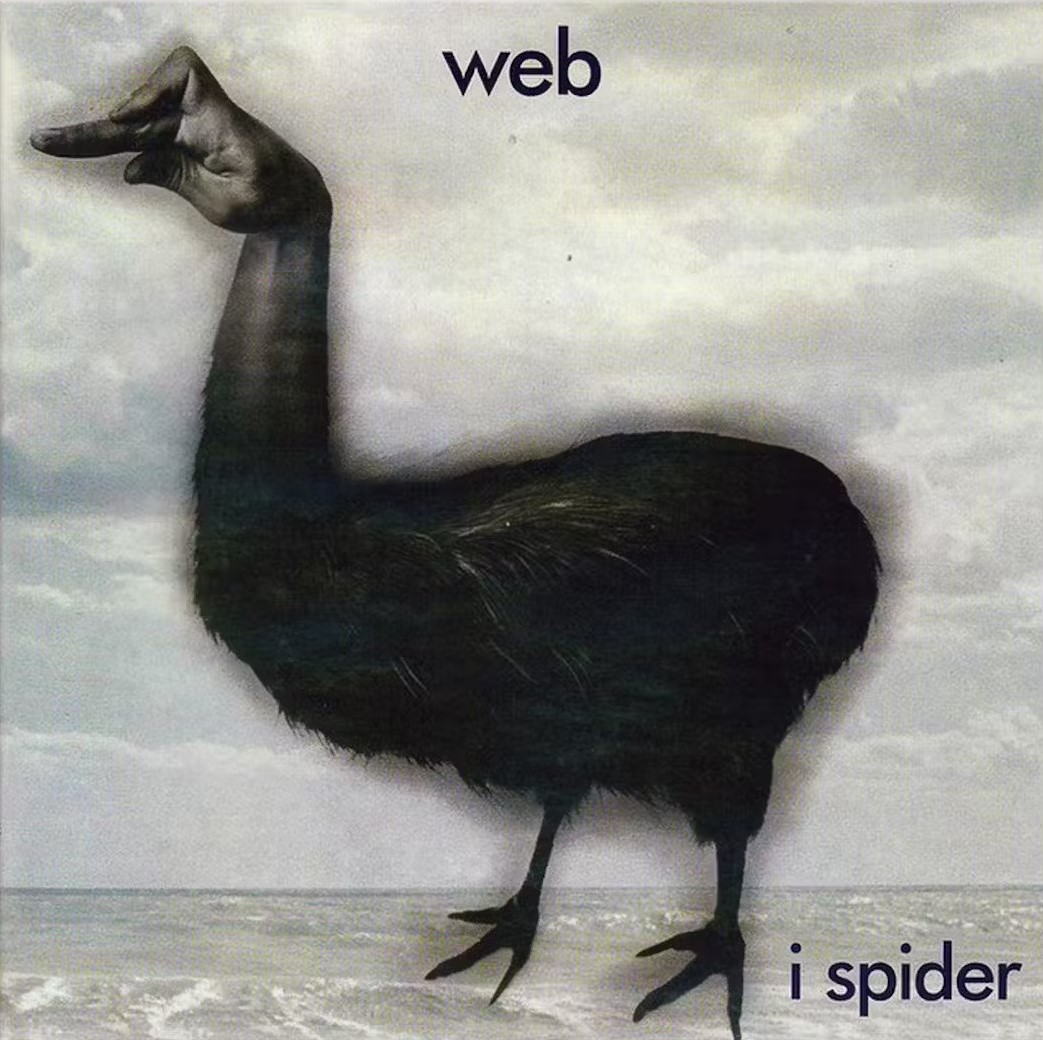
Do you feel that your arrival to The Web completely changed the band’s sound? What I wanted to say is that ‘I Spider’ feels much closer to the Samurai album than to the first two albums by The Web.
My arrival definitely changed the band’s sound, I never actually heard any of their tracks, apart from the live versions and from when I joined, The Web were a completely new band. That is why Samurai sound similar to ‘I Spider’.

What led to the name change? Were you actually influenced by the far east?
We decided to change the name to WEB as there was still some confusion over the fact that we didn’t play any soul tracks, after the recording of ‘Samurai’ was made we decided to change the name to Samurai. Musically I am not heavily influenced by Japanese music but I have always been fascinated by their history. I was a member of the Royal Air Force Music Services from 1962 to 1968 and during my service I was posted to Singapore for over two years, I played in the official band as well as my own jazz trio and a rock group, The Misfits.
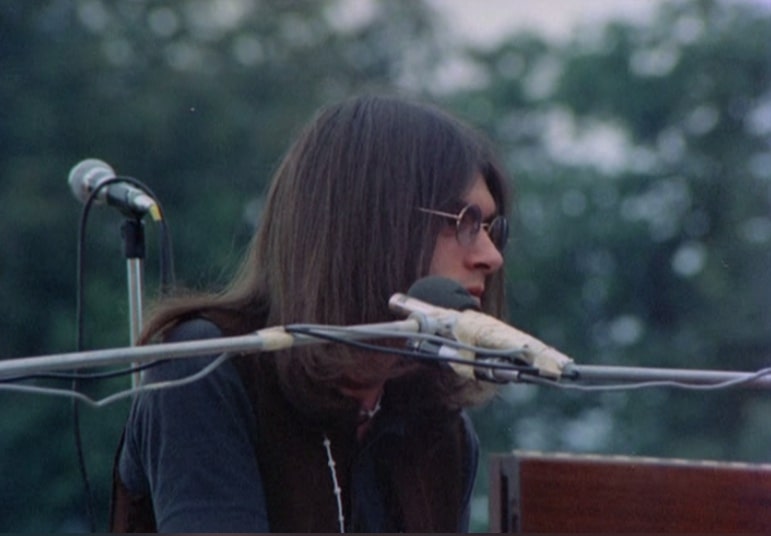
Where was the Samurai album recorded? How do you remember working on the songs?
The Samurai album was recorded at Wessex by engineer Robin Thomson and produced by the band and Lennie Wright. It was released on the newly formed record label The Greenwich Gramophone Company, owner Les Reed, one of the directors was Tony Reeves!
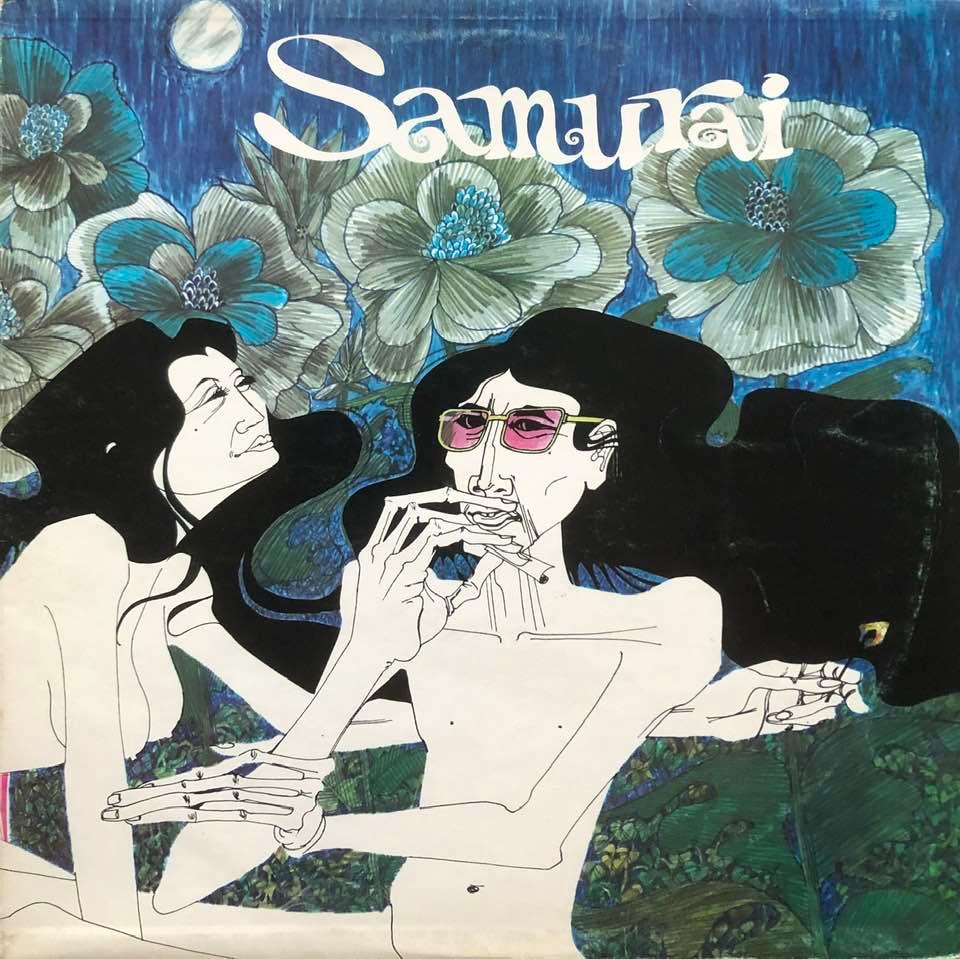
Would you share your insight on the albums’ tracks?
‘Saving It Up for So Long’
“She had nothing to lose ‘cos she’d lost it, though she sang me a maiden’s song. She said stop at the bridge but I crossed it, I’d been saving it up for so long.” A fictitious relationship, the guy had been away from his girl for too long and when they finally met up again his love making lasted two minutes!
‘More Rain’
A gentle Latin American influenced track about a guy trying, albeit insincerely, to placate his tearful girlfriend.
‘Maudie James’
The song is actually based on fact, I was in the reception room of my dentist and flicked through a few magazines, a photo of Maudie James caught my eye, it was taken by ace photographer, David Bailey. The song, very “tongue in cheek,” was a harmless homage to a lovely girl.
‘Holy Padlock’
Holy Padlock was an attempt to write a “Galton and Simpson” inspired lyric, Galton and Simpson were comedy script writers, I used to and still do, enjoy.
‘Give a Little Love’
‘Give a Little Love’ is a pathetic plea from a guy who doesn’t score in the “dating game” but still wants something for nothing.
‘Face in the Mirror’
When I served in the Armed Forces one was expected to shave everyday whether one had anything to shave off or not. Hence, one becomes very familiar with the mirrored image of oneself where nothing “seems” to change but of course it does, this is life, it isn’t a rehearsal it’s the real deal and the amount of time we have on this planet is way too short to waste.
‘As I Dried the Tears Away’
The inspiration for this song came from a book I read called Beatitude Anthology, it’s a selection of works from the first 16 issues of Beatitude. I lived in a bedsit for five years, never drew the curtains, no lampshade, the larder had powdered milk, a box of porridge oats, instant coffee and not a lot else. Times were hard but there wasn’t any alternative, I was writing what I wanted to, played what I wanted to and still had time for weekly visits to my family. This was an imaginary situation of a relationship that had ceased to be.
Did you play more gigs with The Web or Samurai? What were some of the bands you shared stages with?
We played more gigs as The Web than we did with Samurai, there were also several festivals, including the Festival of the Midnight Sun, we also played at most of the universities in the UK and several in France and Sweden. We did London’s Imperial College where we supported Yes but on festival gigs there were the usual rock bands, Hawkwind, The Amazing Blondel, Manfred Mann, Love Affair, Status Quo, Deep Purple, King Crimson, The Third Ear Band amongst many others.
Where did you originally meet Dave Greenslade?
I met Dave Greenslade when Tony Reeves and I joined him for a jam at his flat in Stanmore to see how two keyboard players could compliment each other, Andrew McCulloch wasn’t there at that time.
How did you get signed to Warner Brothers?
We were doing the first album at Morgan Studios, number 2 to be precise, Mike Bobak was the engineer, Greg Jackman the assistant engineer. Our management, Gaff Management and our manager, Andy Heath, set up a meeting at Morgan and Warner Brother’s Joe Smith attended. Joe was a very interesting guy and I spent some time in the cafe at Morgan talking to him, one thing I quickly ascertained was that if Warner Brothers decided to “break” a band then you were more or less guaranteed “the works” regarding promotion and advertising. In hindsight I can only surmise that Greenslade was not on his “A” list.
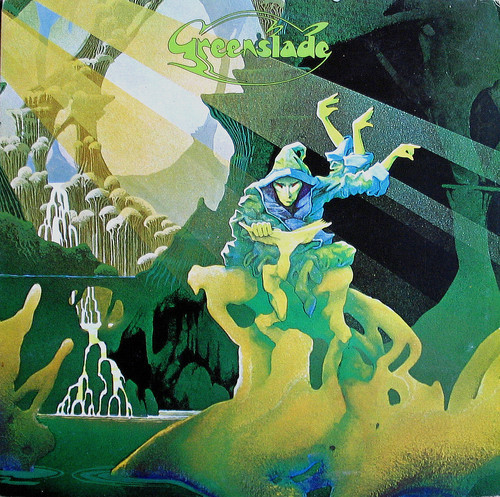
How much of your own arrangements and tracks are on the Greenslade you were part of?
My own compositions included any specific arrangements but I was always open to suggestions regarding solos et cetera. The shared compositions started out with Dave Greenslade supplying a chord sequence and I would compose a top line and lyrics and where the piece was instrumental the band as a whole would chip in with ideas, I haven’t actually added up the number of compositions that I contributed to Greenslade.
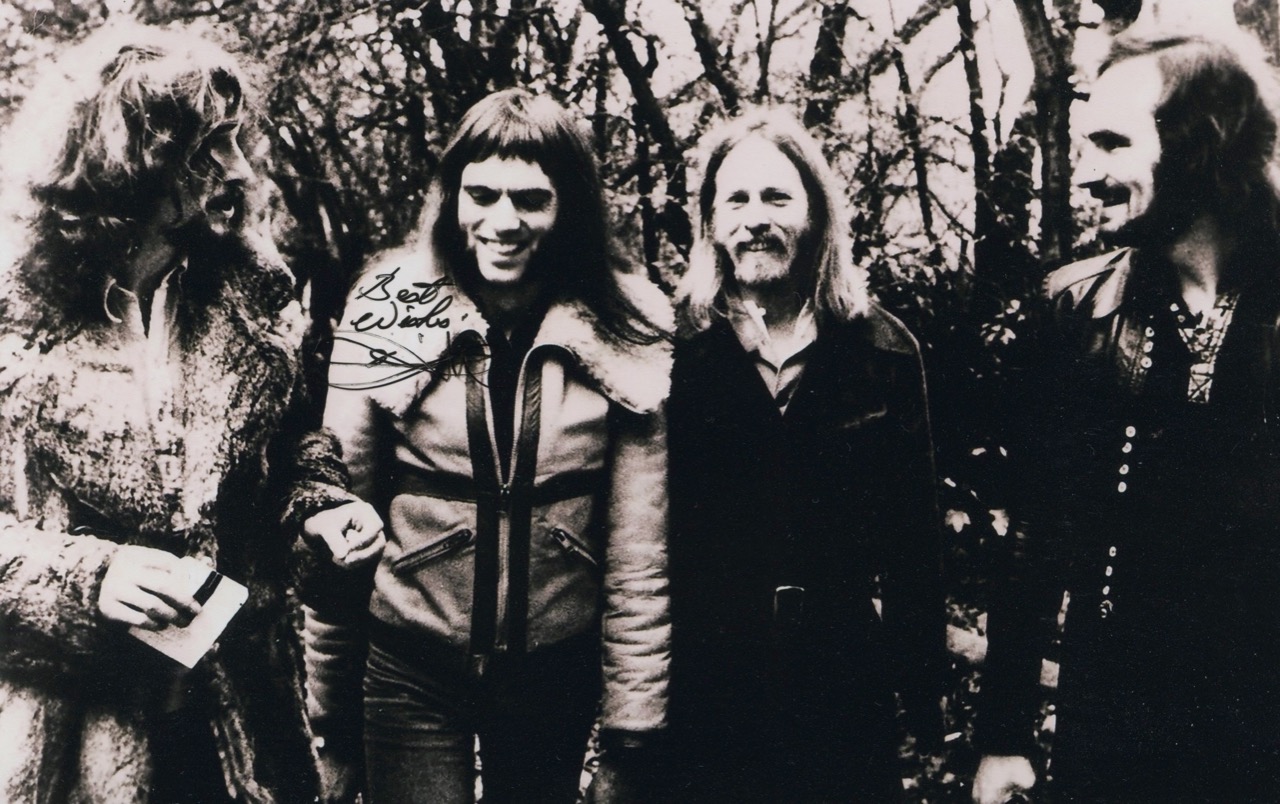
This also opened some bigger stages for you, didn’t it?
When I quit the band I had a few tentative offers from other bands but I was fed up with touring, there were also a few recording opportunities and because the synthesizer and knowledge of how to programme it was in its infancy I quickly got into sessions and some notable film work.
“I have many unreleased Samurai compositions”
Is there any unreleased material by The Web, Samurai or even by Greenslade?
I have many unreleased Samurai compositions that would need more work and some that would suit the dual keyboard line-up of Greenslade. There is also a track that I co-wrote and recorded with Chris Squire and Alan White which is near completion, it needs a bit more guitar, are you there Mr. Page?
What made you decide to quit the band?
The band had reached a point where we needed more investment, new transport and a fresh strategy but I didn’t feel confident that this investment was going to be forthcoming any time soon. As mentioned, I wasn’t keen on touring and being apart from my wife for long periods of time, in retrospect I think the band, with me in it, did all that it could and we were fairly successful and with Joe Smith’s comments still haunting me I didn’t hold out much hope for a cosy retirement and fair amounts of disposable income.
And then you joined Stackridge?
I was asked to play on their album as a guest, which I did and was very enjoyable. was
How did Roy Harper come about?
I was invited to play on Roy Harpers’ album which we recorded at Rockfield Studios, I was then asked if I would tour with him and the band to promote the album, I agreed and was very well paid for the honour.
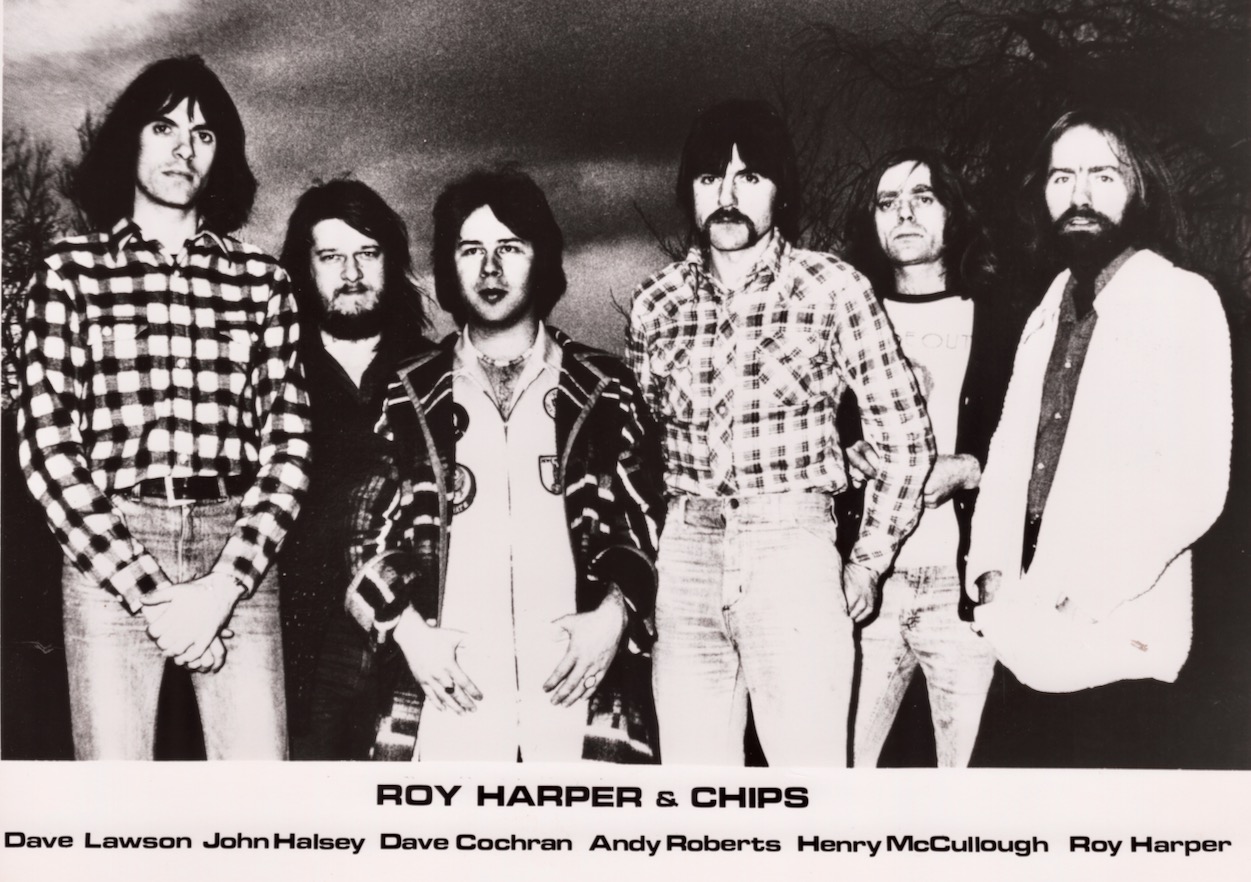
Did you enjoy being a session musician or did you miss the old days of being able to make your own decision?
The stress levels of being a session musician are considerable, there is no, “one more!” when you’re standing in the middle of the LSO.
How come you didn’t want to join Ian Gillan’s band?
I enjoyed jamming with Ian, Johnny “Gus” and Mick Underwood but Ian was just about to embark on a two month tour of the States, that would have meant being away from my wife for too long, had I been single things might have been different.
Now I would love to discuss your career in films. It all began with the film The Man Who Fell to Earth (1976).
Yes, I arrived at Denham Studios only to find Big Jim Sullivan, who I later recorded an album with, sitting with a few guitars, various pedals and amps. We watched a black and white dupe of the film and were asked to improvise, which we subsequently did, for a very long time!! I don’t know what happened to that material!?
What was it like to play with John Williams and the London Symphony Orchestra for the films Star Wars (1977), Superman (1978) and The Fury (1978)?
Exhilarating! I arrived at Denham Studios with a large assortment of synths and set up along side of the London Symphony Orchestra’s first violins, there were a few grumbles from the players but I explained that I direct injected the output of my synths to the control room, so far, so good. A black and white dupe of the film was played showing some weird looking creatures, obviously a sci-fi movie of some sort but it didn’t have a title then. I later found out it was Star Wars. John Williams introduced me to his wife who was fascinated with the synth array and took many pictures, she was a professional photographer. In the afternoon John selected a group of us to play a traditional jazz piece which ended up in the Cantina scene, my ARP 2600 provided a quasi electric tuba sound. Superman was another great movie with a great score, as was The Fury which was recorded in a church, the LSO’s rehearsal venue, my Micro Moog provided a therapin type ghostly sound.
I guess a completely different world in comparison to your bands’ days?
Yes a totally different world, one never knew what to expect or what was expected of you!
Would you like to share some further words about your work which also includes Steven Spielberg’s We’re Back …
I got into doing sound effects with a guy called Campbell Askew, a very skilled sound editor with a massive array of sound effects. Steven Spielberg had an animation company called Amblimation, he sent one of his top people, Bonnie Radford, down to my studio to see the set-up and hear some of the sfx for consideration, we had to water down some of the sounds as they were considered too scary for a young audience. I received an award for my troubles and we went on to do Balto the White Wolf.
What are some of the most important players that influenced your own style and what in particular did they employ in their playing that you liked?
I like Jan Hammer’s playing and really liked Herbie Hancock’s “piano” playing but very few players inspired me on synths, Joe Zawinul came close, George Duke was always exciting but Chick Corea was too busy, Lyle Mays was tasteful but in truth, I’m not a huge fan of the ruptured duck sound!
What currently occupies your life?
I have an autoimmune disease, polymyalgia, which has dialled down my immune system which in turn leaves me vulnerable to any viruses, I therefore tend to keep isolated for most of the time and so I still spend a large amount of my time playing, when physically possible. My life is still “all about the music.”
Thank you for taking your time. Last word is yours.
Thank you for the invite!
Klemen Breznikar
Headline photo: Dave Lawson rehearsal
All photos are from Dave Lawson’s archive | All photo materials are copyrighted by their respective copyright owners, and are subject to use for INFORMATIONAL PURPOSES ONLY!
Dave Lawson Official Website

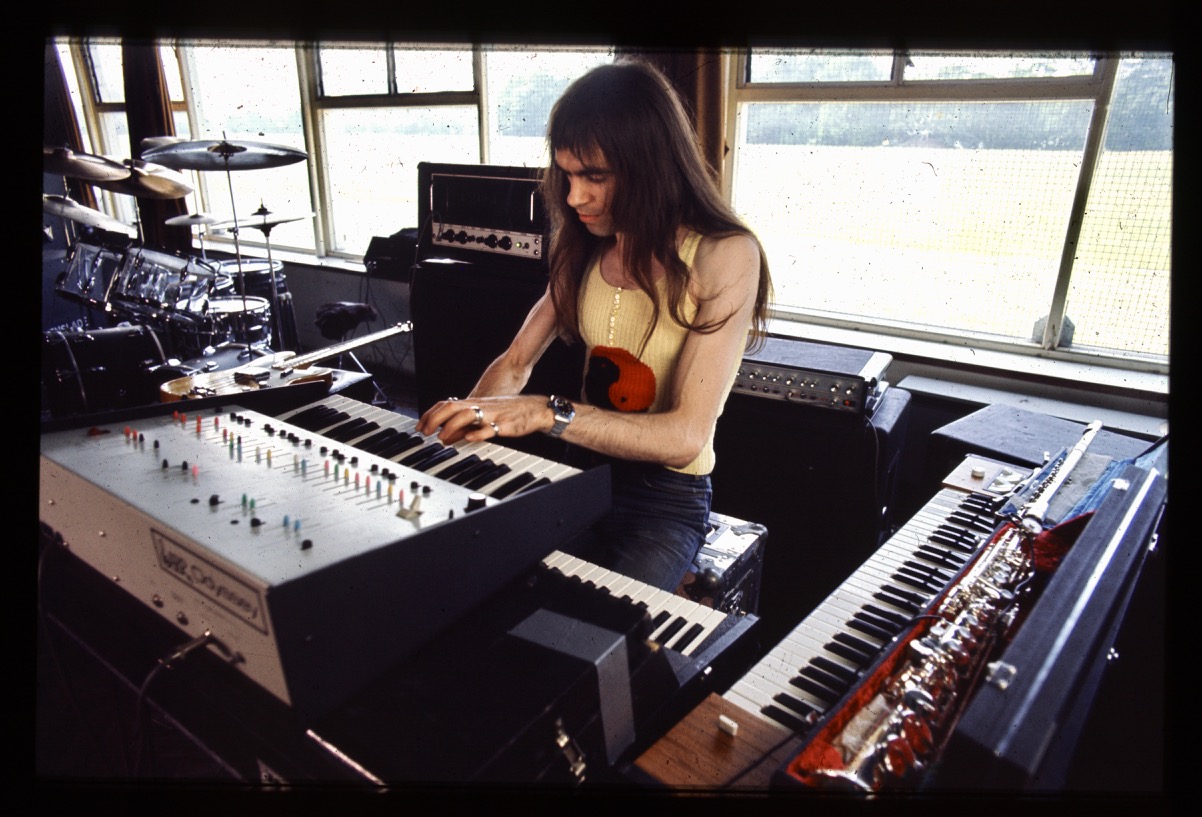
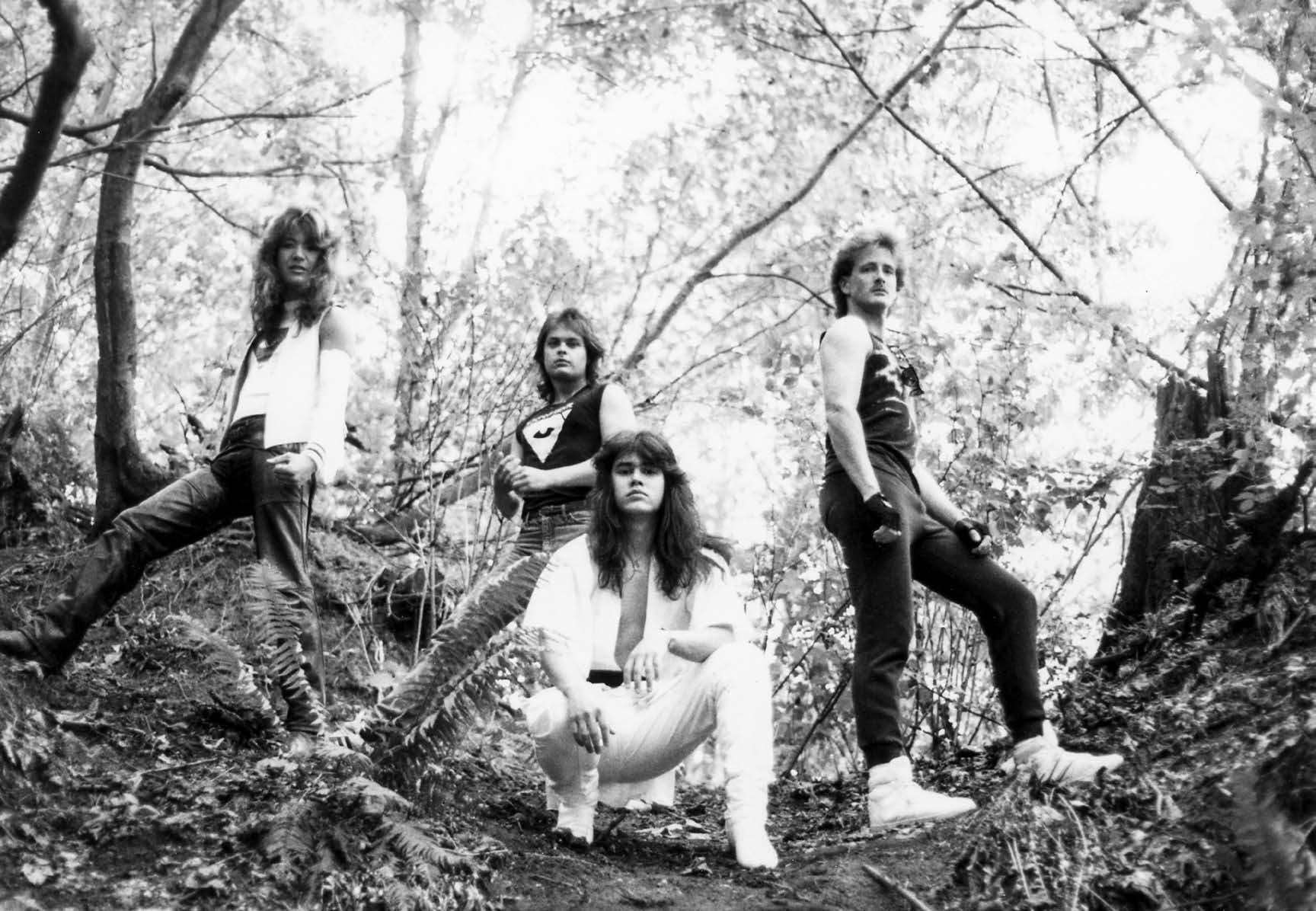
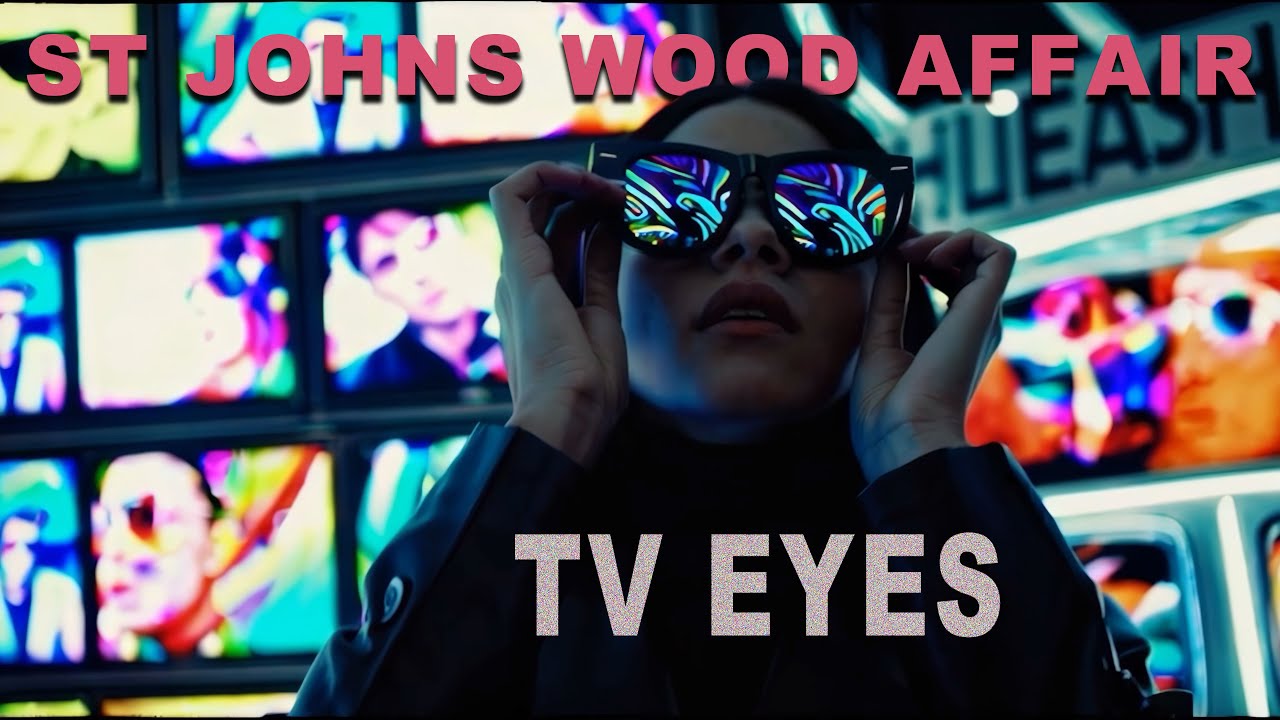
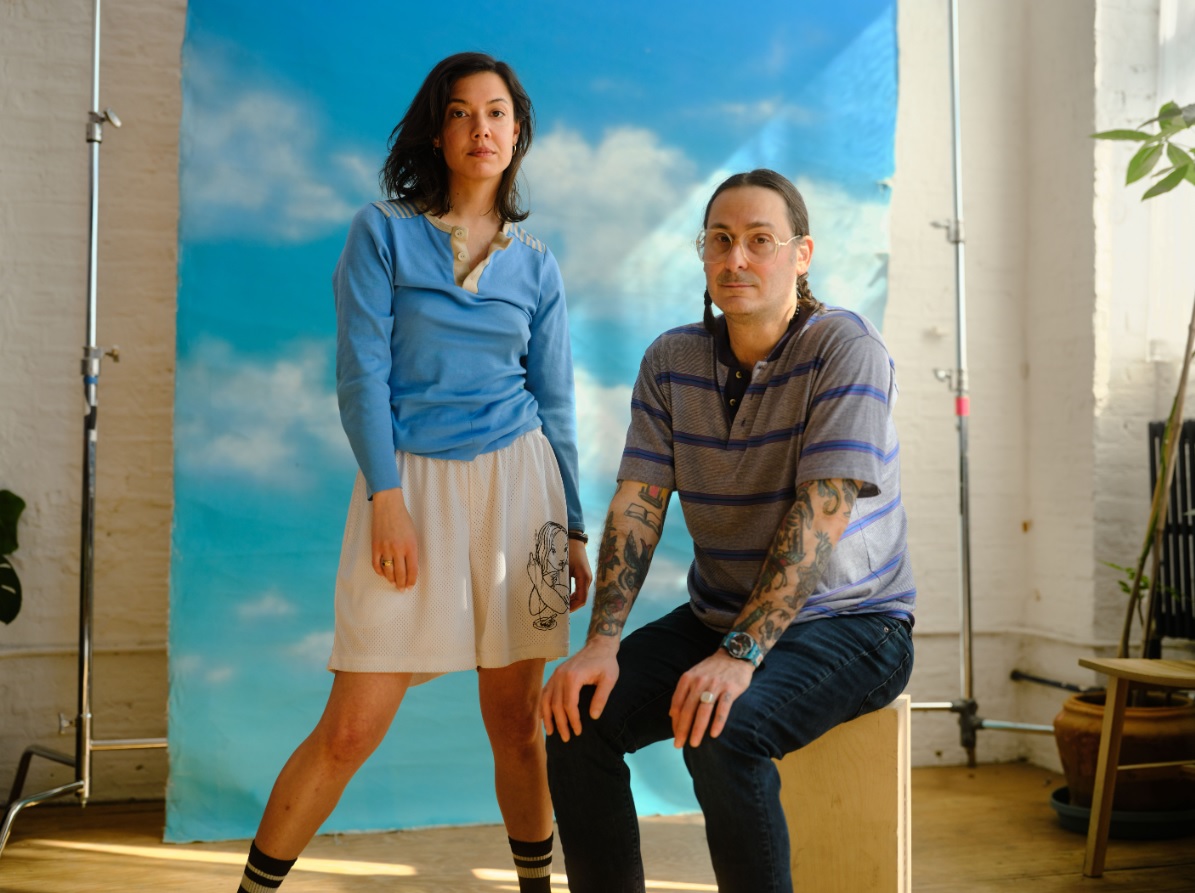
Facinating!